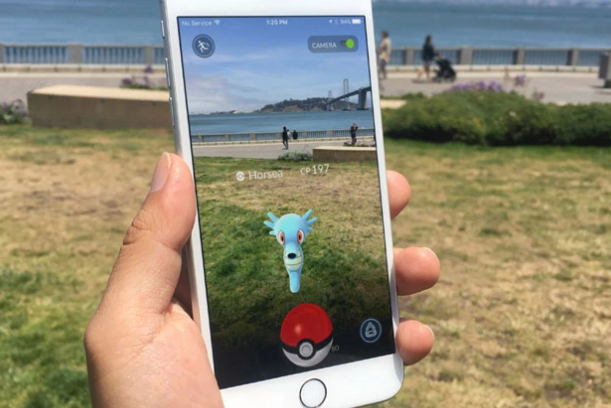For Christmas in 2013, I asked my parents for two things: a Nintendo 3Ds and Pokémon X. Bemused yet amused, they granted my wish but still couldn’t wrap their heads around their 23-year-old daughter still playing a game she had been obsessed with at age 9. But they knew I was hardly an anomaly: millennials constitute a significant portion of Pokémon’s audience. After a brief period in middle school (the early 2000s for me) when people pretended it was uncool to still be into Pokémon (I played Sapphire in secret), by high school, it was all the rage again. We brought our DS’s to play practice, our old Gameboy Colors to class – in fact, I still play some of these older titles using emulators like the ones over on FileProto as I just love their retro vibe so much. So much nostalgia! I even remember a friend playing one of the original games on his graphing calculator. At some point our generation accepted that Pokémon was not just for kids, and it was here to stay. But why?

Sadly, playing Pokémon will not make you physically 10 forever, as Ash Ketchum would like you to believe.
While other monster game–based franchises have come and gone (remember Digimon?), only Pokémon has managed to survive the test of time. The trading card game and anime are certainly not as popular as they used to be (I remember waiting in line for hours to see the first Pokémon movie. Now the show airs at 7:00 a.m. on Saturdays), but the fact that they’re still around speaks volumes to how successful the video games have been. In fact, Pokémon is the second highest-selling video game franchise of all time, only rivaled by Mario, which is ten years older (Nintendo sure knows how to make them last!). The Pokémon franchise has managed to retain its loyal fanbase while also remaining relevant enough to recruit newcomers.
My theory as to why Pokémon is so successful is pretty simple. Much like Harry Potter or Disney movies or other stereotypical 90s kid interests, Pokémon grabbed us in our childhoods and then evolved with us. Putting aside the obvious improvements in technology, the Pokémon world grows bigger and more complex with every installment while managing to retain a simple formula: gotta’ catch ’em all. It’s something we’ve grown comfortable with, yet there are always new places to explore, new creatures to meet, and new ways to interact.
What once started off as a solitary pursuit of “being the very best, like no one ever was” has transformed into a community about raising and battling Pokémon together. 10 years ago, you could only trade Pokémon with your friends…standing inches from each other…with a cable. Now, with a mere Wi-Fi connection, you can battle, trade, and communicate with people from all over the world (and get asked out by someone who may very well be over a decade younger than you. Or older. I’d rather not know). Pokémon Go has given us a nudge to even further become a community by literally making us go outside to interact with each other. Neighbors who have never talked before have now found common ground with gyms or PokéStops on their streets. People are already planning meetups. Friends are going running together. Hell, some people are even going kayaking to reach water-based gyms.

Yes, so pure.
Only Harry Potter rivals Pokémon in its ability to unite people so quickly, and I’d even argue Pokémon has been more successful in that endeavor (Pottemore…cough…cough…). In a world plagued with apathy and intolerance, Pokémon represents love. What could be more pure than wanting magical pets with unwavering loyalty, even if we name them “Rick Gastly,” or “Kakuna Matata”? The Pokémon world shows us a world where children can go wherever they want safely, good always triumphs over evil, and even the bad guys fight with Pokémon rather than with guns. Pokémon helps us take this idealism into our own world; a Clefairy called “Loveislove” is the guardian of the gym outside the Westboro Baptist Church, for example. Although a lot of things remain uncertain in the future, Pokémon is one thing I can always count on to lift my spirits.
Header image via techcrunch. Picture of Ash via Knowyourmeme. Image of Pokémon Go names via Cosmopolitan.com.


